Barbara Gittings
One of America’s most impactful and iconic lesbian activists.
1932-2007,
Wilmington, DE
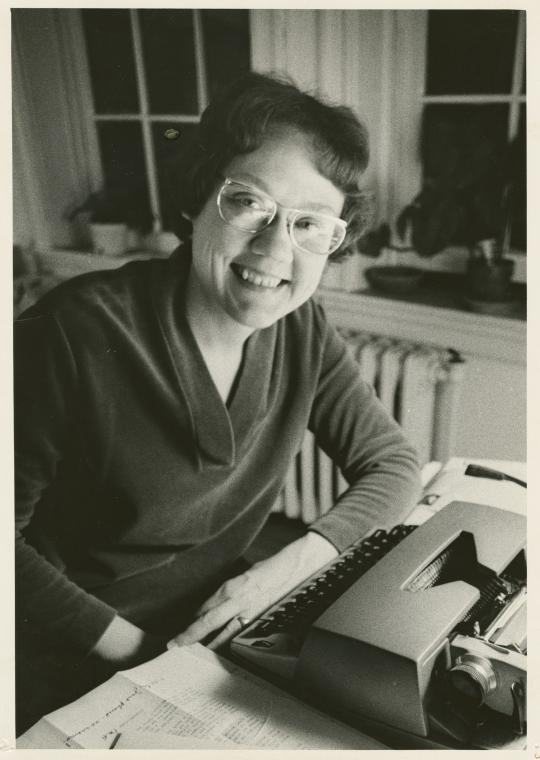
Barbara Gittings, known to some as the “Mother of the Gay Rights Movement,” was one of the earliest lesbian activists in America. Gittings grew up in Wilmington, Delaware, before moving to Philadelphia in 1950 where she joined the Homophile Movement.
Her prolific activist career includes helping form the first gay caucus in any organization, lobbying to remove homosexuality from the Diagnostic and Statistical Manual of Mental Disorders from the American Psychiatric Association, publicly protesting for gay rights before the Stonewall Uprising in 1969, and serving on the board of directors of the first national LGBTQ+ rights organization, the National Gay Task Force.
Barbara Gittings came of age at a time when queerness was equated with a medical condition or mental illness. As she learned more about herself and others facing the same discriminations, the Wilmington High School alumna became inspired to help develop a new narrative for the American queer experience.
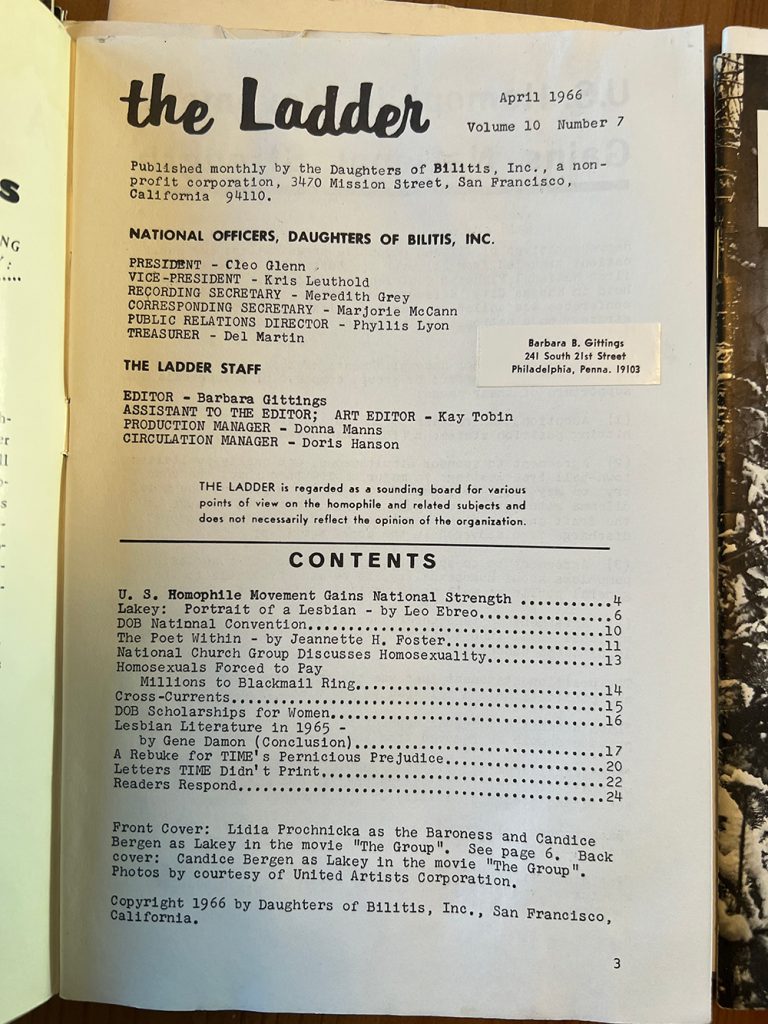
In her mid-twentiess, Gittings joined the Daughters of Bilitis, the first lesbian rights organization in America, and established the first East Coast Chapter in New York City in 1958. She served as president from 1958-1961 and then as editor of The Ladder, the organization’s national lesbian magazine, from 1963-1966. Through her role at The Ladder, she aimed to elevate lesbian life and courageously used her real name (many others opted for pseudonyms because of the very real fear of retribution). She also replaced the drawings on the cover with photographs, taken by her life partner Kay “Tobin” Lahusen (1930-2021), whom she had met in 1961 at a Daughters of Bilitis picnic in NYC.

Gittings’ tenure with the Daughters of Bilitis and The Ladder ended in 1966 when she was kicked out of the organization because of her more radical activism. In a 1974 interview with Jonathan N. Katz, from a quote that appeared in Katz]s book, Gay American History: Lesbians and Gay Men in the USA, Gittings said:
In the early years of the movement, in the ’50s, the purpose of our organizing was to find out more about the nature and cause of homosexuality, to get information out to the general public, to soften their dislike and hostility, to try and persuade them to grant us some privileges. By the late ’60s, we began to see that discussing the cause and the nature of homosexuality would not help us. We began to insist on our rights, to spell them out clearly, to go to court to get them, to demand what was ours.
Such activism included her participation in the first picket of the White House for homosexual rights in 1965. She and her partner, Lahusen, who also helped document the pickets through photographs, were among only ten people protesting. They both participated in two more pickets at the nation’s capital that year to speak out against an executive order signed by President Dwight D. Eisenhower that prohibited “homosexuals” from working in the federal government. They continued picketing at the White House, the United Nations, the Pentagon, and Independence Hall in Philadelphia for several more years, spreading the message that “gay people are just like straight people.”

That same year, Gittings joined Frank Kameny, another early gay activist who was fired from his position as astronomer in the U.S. Army for being gay, as one of the main organizers of the July 4th Annual Reminder Day protests at Independence Hall in Philadelphia.
By 1969, the tone of the gay rights movement shifted in response to the bar raids and police violence of the Stonewall Uprising in New York City. Protesters were ready to fight back against the laws and police that had been discriminating against and harassing LGBTQ+ people for just existing. It would mark the last year of the Annual Reminder Day protests in Philadelphia, with efforts focused the following year on the Christopher Street Liberation March in New York City in June 1970.
Gittings ramped up her role as an activist in the 1970s, joining the the first gay caucus of the American Library Association (ALA), called the Task Force on Gay Liberation, where she was able to focus on placing positive homosexual information in libraries, published the first “gay bibliography” in 1970, and eventually published a history of the group called “Gays in Library Land” in 1990. She led the association’s Gay Task Force from 1971-1986. In 1971, she organized the first-ever documented gay kissing booth called “Hug A Homosexual: Free Kisses” for the association’s annual conference in Dallas.
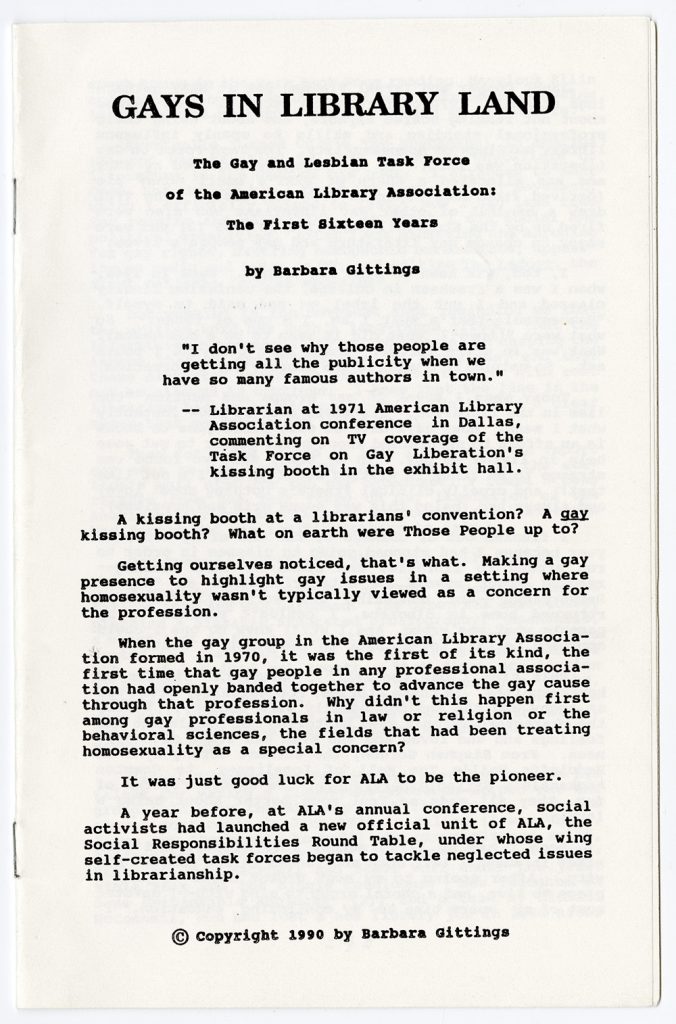
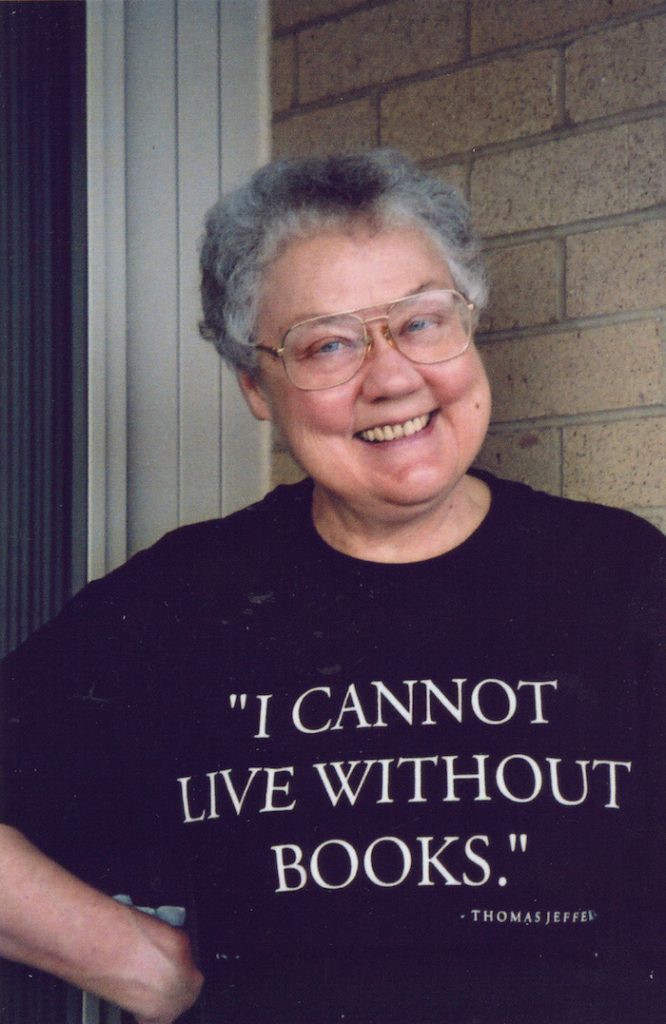

In 1972, Gittings again teamed up with Kameny to lobby the American Psychiatric Association to remove homosexuality as a classified mental disorder, which it had been considered since the first Diagnostic Statistical Manual of Mental Disorders (DSM) edition published in 1952. At the 1972 association conference in Dallas, Gittings and Kameny pulled an unprecedented stunt: They had a gay psychiatrist, who wanted to remain anonymous, speak about his experience during a panel titled “Psychiatry: Friend or Foe to Homosexauls? A Dialogue.” The psychiatrist, Dr. H. Anonymous, wore a wig, a mask, an oversized suit, and spoke into a distorted microphone. The following year, homosexuality was removed from the DSM.
Also in 1972, Gittings appeared on a panel at Delaware State University to discuss the gay activist movement, one of the few times she brought her activism to her home state.
In 1976, Gittings began her tenure on the board of the Gay Rights National Lobby, the forerunner of the Human Rights Campaign.
She continued her activism in the ’80s and ’90s from a home she shared with Lahusen in Philadelphia. Gittings would continue marching, demonstrating, helping people find gay-positive materials, appearing in documentaries about the movement, and educating audiences of all backgrounds on the history of the gay rights movement, how far it had come, and how far was still needed to reach the movement’s goals of respect and equality.

But in 1994, Gittings made a last-minute cancellation of a planned appearance at a “Coming Out Day Rally” in northern Delaware’s Rodney Square because she felt the publicity might upset her Wilmington relatives. She’d return to her Delaware roots in 2001 when she purchased a condominium on North Harrison Street in Wilmington.
In the 1990s, Gittings attended a Democratic fundraiser in Wilmington where she and Lahusen met Delaware-based photographer, Barbara Proud (B. Proud). At the event, Lahusen asked Proud if she had any batteries, as the batteries in her own point-and-shoot camera had died. From that day forward, Proud became close friends with Gittings and Lahusen, shooting multiple portraits of the couple. In 2007, Proud shot photos of Gittings and Lahusen at Bellevue State Park at the request of the Human Rights Campaign. Gittings and Lahusen were later featured in Proud’s photography book of long-term queer couples, First Comes Love, published in 2014.
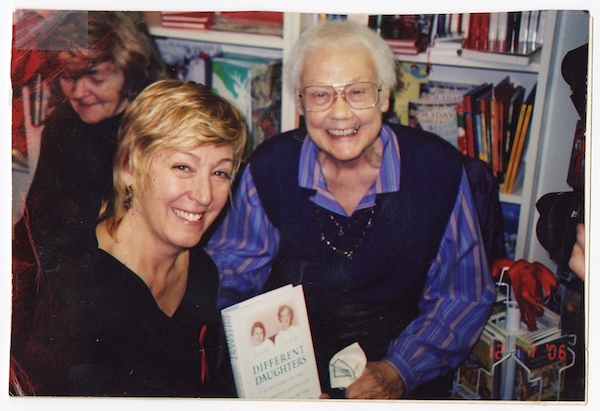
Gittings made her final public appearance as the honored guest during the release of Marcia Gallo’s history of the lesbian rights movement and Daughters of Bilitis, Different Daughters: A History of the Daughters of Bilitis and the Rise of the Lesbian Rights Movement. Gallo recalled that Gittings, who fought a long battle with breast cancer, had actually undergone chemotherapy the same day as her last public appearance. She and her partner, Lahusen, retired to an assisted living home in Kennett Square, Pennsylvania, before Gittings’ death in 2007. She was seventy-four.
She made that final appearance at the now-closed Ninth Street Book Store in Wilmington, not far from where she lived as a child.
Gittings grew up in Wilmington, Delaware, but was born in 1932 in Vienna, Austria, where her father, John Sterrett Gittings, was stationed as a United States diplomat in the Foreign Service. She was the youngest of John Sterrett Gittings’ and Elizabeth “Mimi” Brooks’ three children, all of whom were raised Catholic. As a young girl, Gittings attended a boarding school in Montreal, Canada, before the family returned to America at the onset of World War II. They moved to Wilmington when Gittings was a young girl, and she attended a Catholic middle school (Ursuline Academy) and a public high school (Wilmington High School). In the summer, the Gittings family vacationed in Rehoboth Beach. At the time, she did not know that closeted queer people were beginning to discover Rehoboth, known as “The Nation’s Summer Capital,” as a safe haven for LGBTQ+ individuals to meet others like themselves.
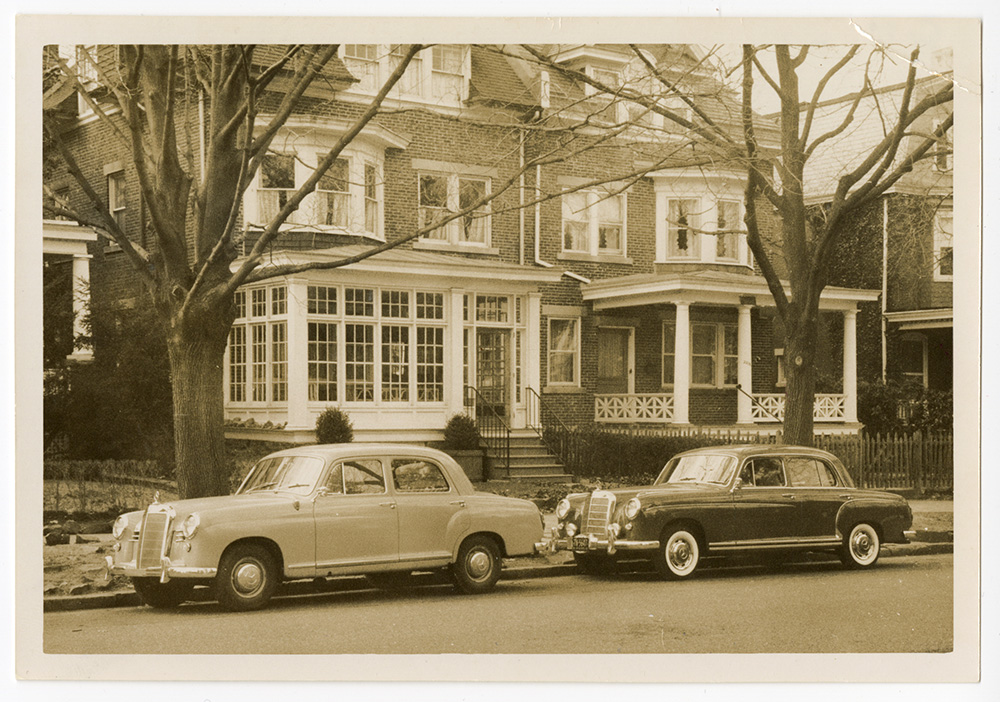
It was as a teenager at Wilmington High School that Gittings first faced discrimination, being told by a teacher that she couldn’t join the National Honor Society because of her “homosexual inclinations.”
After graduating high school, Gittings attended Northwestern University in Illinois. It was there that she was first labeled by a psychiatrist as a homosexual. She said she appreciated the information, but never returned for the proposed “cure” of extensive, and expensive, psychotherapy. Instead, she took the label and dove into homosexual and lesbian literature, eventually failing out of college because she stopped going to classes and instead went to the library. But the library wasn’t much better than that psychiatrist: Every book she found was written by medical professionals and described homosexuality as an illness or perversion.
She briefly returned to Delaware after failing out of college and continued her quest for knowledge. At one point, her father discovered the book, The Well of Loneliness, in her possession, and, even though they lived under the same roof, wrote her a letter saying it was an immoral book and she needed to dispose of it. Her family never discussed homosexuality, and her father died in 1961 never knowing about her involvement in the gay rights movement.
Less than a year after enrolling at Northwestern, eighteen-year-old Gittings moved to Philadelphia where she continued her quest for more information, which meant perusing through more texts discussing homosexuality in negative ways. But for Gittings, :at least I knew that other female homosexuals existed.” She desperately longed for more information about a community which she felt a part of, and it inspired her to continue researching and make available information on homosexuality.
Photo Courtesy: New York Public Library, Manuscripts and Archives Division, Carolanne Deal, February 2023, William Way LGBT Center, John J. Wilcox Jr. Archives, New York Public Library Barbara Gittings and Kay Lahusen Gay History Papers, and B. Proud © B. Proud Photography
Sources:
- Tracy Baim, Barbara Gittings: Gay Pioneer (Chicago: Prairie Avenue Productions – Windy City Media Group, 2015)
- Barbara Gittings and Kay Tobin Lahusen collection, William Way LGBT Center John J. Wilcox Jr. LGBT Archives
- Who is Barbara Gittings?
- Marcia M. Gallo, Different Daughters: A History of the Daughters of Bilitis and the Rise of the Lesbian Rights Movement (California, New York: Seal Press, 2007)
- Before Stonewall: The Homophile Movement
- Leighton Brown and Matthew Reimer, We Are Everywhere: Protest, Power, and Pride in the History of Queer Liberation (Emeryville, CA: Ten Speed Press, 2019)
- “Organizers call Wilmington gay rally a success,” The News Journal, October 12, 1994
Explore Other Delawareans
-

Louisa Carpenter
Wilmington and Rehoboth Beach, DE
An equestrian, socialite, and amateur aviatrix who endured a dramatic lesbian love life.
-
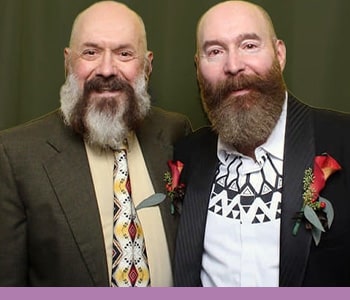
Ivo Dominguez Jr. and James C. Welch
Wilmington, DE
Queer activists and founders of the Gay and Lesbian Alliance of Delaware and the Delaware Lesbian and Gay Health Advocates.
-
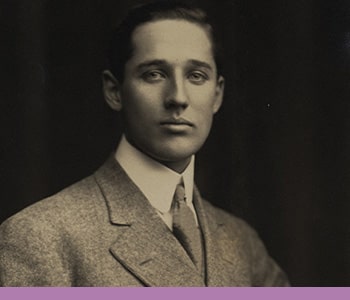
Edward Bringhurst III/V
Wilmington, DE
An amateur photographer, antique collector, and dog breeder who embraced a queer identity behind closed doors.
-
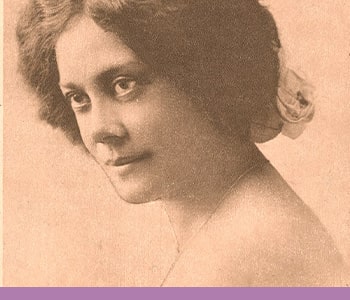
Alice Dunbar-Nelson
Wilmington, DE
A poet, author, activist, educator, and philanthropist who spent her career trying to improve the quality of Black Americans’ lives.


